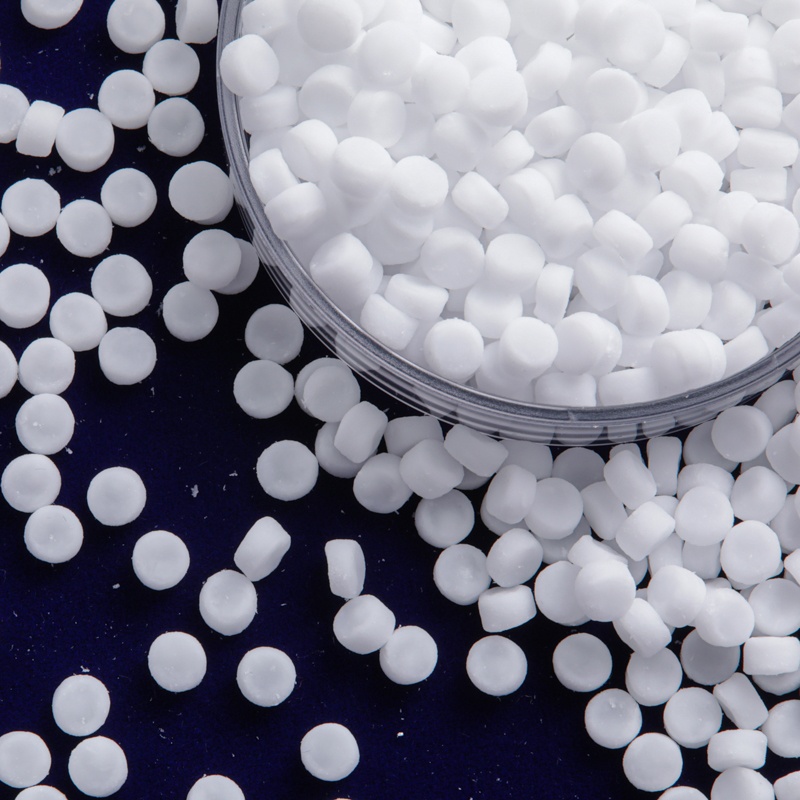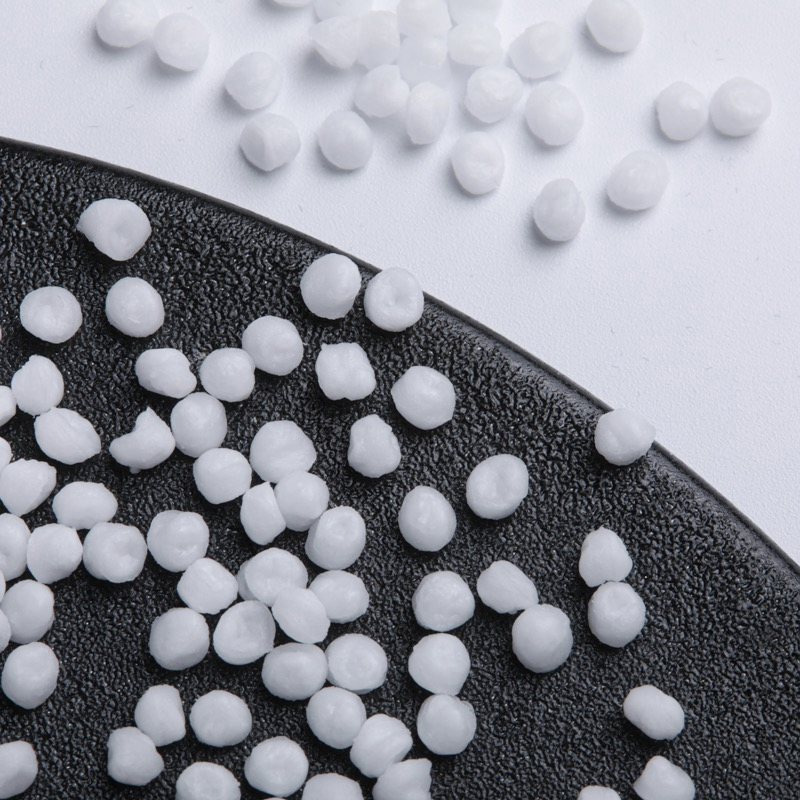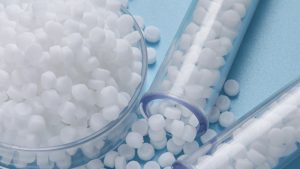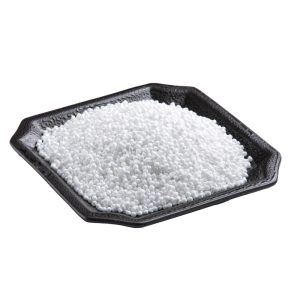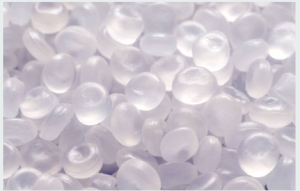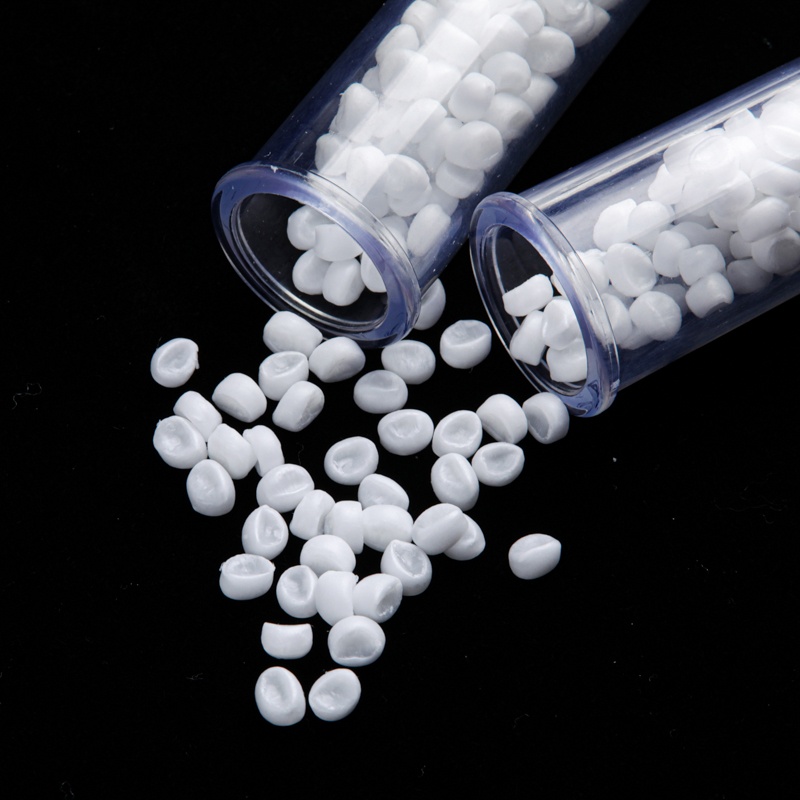1. Description of PA6 compounding and how to use PA6 compounding silicone powder
PA6 compounding masterbatch is an important technical tool designed to modify or optimize the properties of nylon by blending it with other polymers or additives to meet specific application requirements. The following are some of the main aspects of PA compounding masterbatch:
Purpose of blending modification: The PA6 compounding with other polymers can equalize the performance of each component, complement each other’s strengths and weaknesses, and obtain a new type of nylon composites with better overall performance that meets people’s needs.
Благодаря модификации смеси, она может улучшить водопоглощение, низкотемпературную хрупкость, стабильность размеров, термостойкость и стойкость к истиранию ПА, что позволяет использовать ее для различных целей.
Методы модификации купажа: Купажирование - это физический метод смешивания различных полимерных растворителей с помощью механических смесителей (например, вальцов, экструдеров или мощных миксеров). Смеси обычно представляют собой многокомпонентные, многофазные системы, свойства которых зависят от природы входящих в них компонентов, их морфологии и природы границы раздела фаз.
Примеры применения модификации смесей:Смешивание с линейным полиэтиленом низкой плотности (LLDPE): может снизить водопоглощение и прочность нейлона на растяжение и изгиб.
Смешивание с полипропиленом (ПП): можно изучить водопоглощение, а также фрикционные и износостойкие свойства композитов нейлона и ПП.
Смешивание с политетрафторэтиленом (ПТФЭ): Может улучшить водопоглощение нейлона, но может снизить его ударную прочность.
Смешивание с полипропилентерефталатом (ПТТ): можно изучить водопоглощение и механические свойства смесей.
Другие способы модификации: Помимо модификации смесью, нейлон может быть модифицирован путем армирования волокнами, неорганическими наполнителями, придания жесткости, огнестойкости и атмосферостойкости.
Например, добавление стекловолокна или углеродных волокон позволяет значительно повысить жесткость прочность и твердость материала; добавление специальных наполнителей позволяет повысить жесткость, твердость, термостойкость и другие свойства материала; использование упрочняющих агентов позволяет снизить хрупкость модифицированного нейлона упрочнения, повысить ударную прочность и удлинение.
2. Серия мастербатчей для компаундирования ПА от мы
Инженерные пластики смазки мастербатч наша компания представила ПЭТ в качестве основного носителя и порошок и не носитель силиконовый мастербатч, он может добавить в PA соединения как PA соединения мастербатч посвященный инженерных пластиков PA, PC, ПЭТ и других инженерных материалов, анти-плавающие волокна царапины устойчивой роли, повысить производительность и стабильность продукта и выход, легко освободить, уменьшить крутящий момент, внутренней и внешней смазки, и для улучшения роли поверхности.
Non-carrier silicone masterbatch is for PA6 compounding masterbatch. It is introduced of polymer silicone as the main silicone and silicone powder, dedicated to engineering plastics PA, PC, PTE, TPE and other materials, anti-floating fiber scratch-resistant role, improve productivity and stability, easy to mold release, reduce torque, internal and external lubrication, improve the surface and feel and so on.
3. Engineering compounding
Engineering plastics compounding refers to the process of combining engineering plastics with various additives, fillers, reinforcements, and other materials to create a new composite material with improved properties. Engineering plastics are a type of high-performance plastic materials that exhibit excellent mechanical, thermal, and chemical properties, making them suitable for use in various engineering applications.
The compounding process involves several steps. First, the engineering plastic base material is selected based on the desired properties and application requirements. Then, additives such as stabilizers, lubricants, flame retardants, and pigments are chosen to enhance specific characteristics like durability, processability, flame resistance, or color. Fillers like glass fibers, carbon fibers, or mineral fillers can be added to improve stiffness, strength, or thermal stability. Reinforcements such as fibers or particulate materials can also be incorporated to further enhance mechanical properties.
The mixing and compounding process typically occurs in a mixer or extruder, where the base plastic and additives are thoroughly blended together. The temperature, mixing speed, and duration of the process are carefully controlled to ensure uniform distribution of the additives within the plastic matrix. The compounded material is then extruded or pelletized for further processing or direct use in manufacturing applications.
Engineering plastic compounding offers several advantages. It allows for the customization of material properties to meet specific engineering requirements. By incorporating different additives and reinforcements, the mechanical, thermal, and chemical properties of the plastic can be tailored to suit a wide range of applications. This flexibility enables the creation of materials with enhanced strength, stiffness, wear resistance, heat resistance, or flame retardancy, among other properties.
Moreover, compounding can improve the processability of engineering plastics, making them easier to shape and form into desired shapes and sizes. It can also enhance the material’s durability and longevity, reducing the likelihood of failure or degradation under harsh operating conditions.
In summary, engineering plastic compounding is a critical step in the production of high-performance composite materials for engineering applications. It enables the creation of materials with tailored properties that meet specific requirements, improving the performance and reliability of final products.


